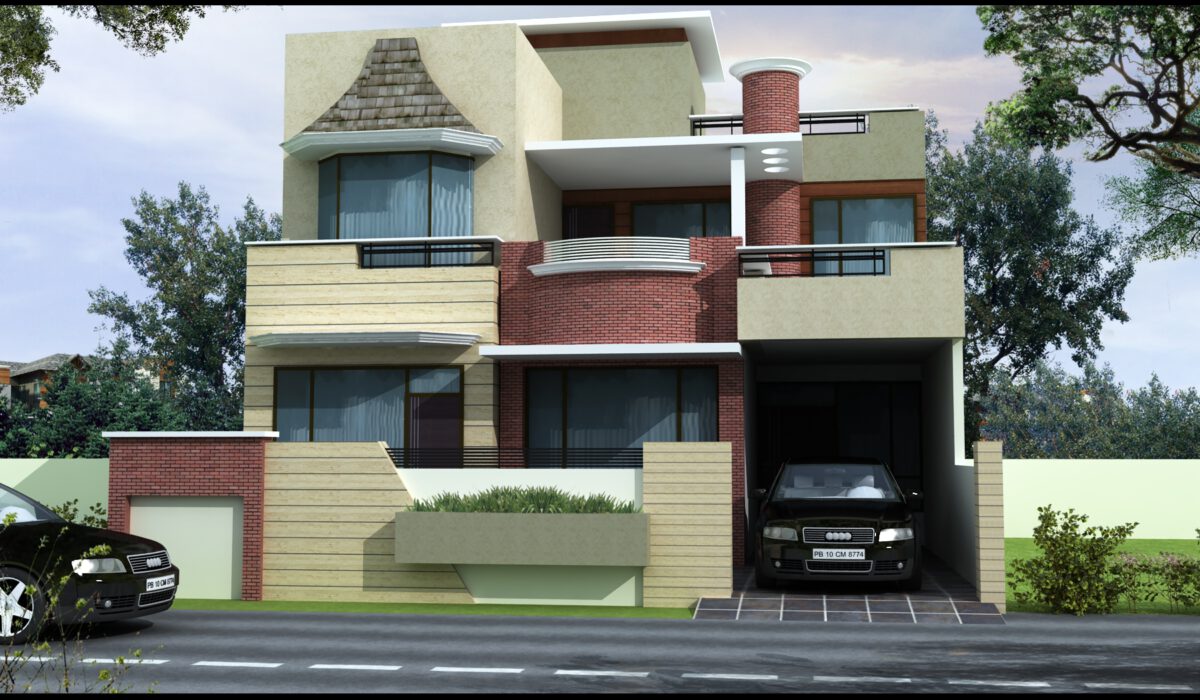1. While doing brickwork, take care that all queen closers are used in such a way that their kiln-mould-faces are kept on outer side and checked to be in true plumb. Tell the masons not to use brickbats in the walls that are not to be plastered but showing exposed brickwork. Buildings not having plastering on outer surfaces but showing brickwork look beautiful and save cost of plastering and painting. Further, use the brickbats only if required to complete the bond. Where required, in internal walls to be plastered on both sides, some use of brickbats can be made with the care that vertical joints remain broken. Tell masons not to use all the brickbats in one course only.
2. Keep care of sill levels of windows and see that the brickwork is done in such a manner that these levels are automatically achieved and no chiseling of bricks or making-up with mortar is done to achieve these. Also list out all the embedment to be made in the brickwork. Certain spouts, holdfasts, pipes etc may have to be embedded in the brickwork. Embed these as the brickwork progresses and as and when the required location of these arrives. For placing and fixing an embedment, use richer mortar.
3. Whenever you want to provide exposed brickwork in walls, take some special care. Generally outer walls carry such brickwork. Choose bricks of uniform size by sorting them out of the stacks and storing them aside. Prefer to have mechanized kiln bricks. Many factories now manufacture such bricks as their use over kiln produced bricks is increasing day by day. To keep uniform thickness of each course, prepare two frames for the two ends of the wall. Keep the height of the frames equal to the lintel height and divide the height from floor level to lintel level in equal multiples of 3 to 3.25 inch and put mark on the frames for each course. Run a string along the marks for every course and lay the bricks. Brickwork now obtained will look beautiful.
4. Walls of 4.5″ thickness are not designed to bear any loads. These act just as partition walls. Their foundations are also not very deep or wide. So put no load on them. Sometimes, during the construction of house, a builder finds a room size little lesser and wants to increase it by substituting a 9″ thick wall with a 4.5″ thick wall. If the wall thickness is being reduced from 9″ to 4.5″, a beam needs to be added above the wall to transfer the load to 9″ cross walls. However addition of a beam can not be done at will as it will alter the shape of the steel to be put in the roof slab. Therefore, it is better to decide the thickness of walls during initial designing itself and spot changes should be avoided. Wherever essential, ask your engineer to recheck the slab-beam arrangement and its steel carefully.
5. Avoid driving nails or hooks in 4.5″ thick walls as it may force out the brick itself. If at all required, best is to embed these in walls at possible locations during construction itself.
6. To have sharp room corners, develop special L-shaped trowels. These are not available in the market but a mason can get them fabricated easily. For such a trowel, take a 8″ long piece of angle iron of size 50X50X6 and fix a 6 inch long, U shaped handle to its inner side. This trowel can be run along the corner from top to bottom to give a perfectly straight and vertical corner. Otherwise masons spend the whole day in making corners and yet end up with curvature in them.
7. A few tips on DPC. When the foundations of the house have been filled up to Damp Proof Course (DPC) level, perform the checking of diagonals of each room before laying the plinth beams or the DPC. Check both diagonals of each rectangular room to be equal. If both diagonals of a room are not equal that means its walls are not at right angles to one another. As this is the only stage when this correction can be carried out, ask the mason to find out the error and correct it. Otherwise a skewed room will be created for you to live in it forever. When a diagonal can’t be measured due to some obstruction like a column, check each corner angle to be at 90 degrees by simple triangulation method that the masons know well.


